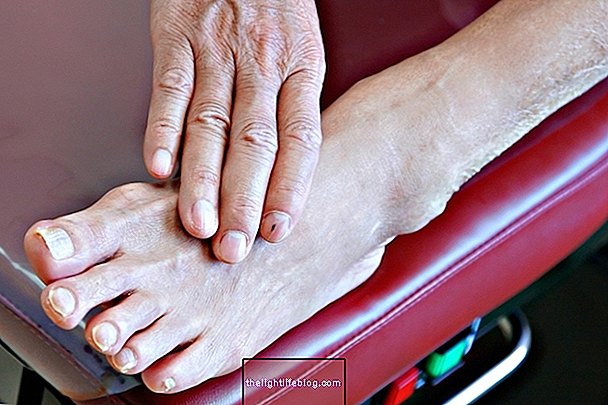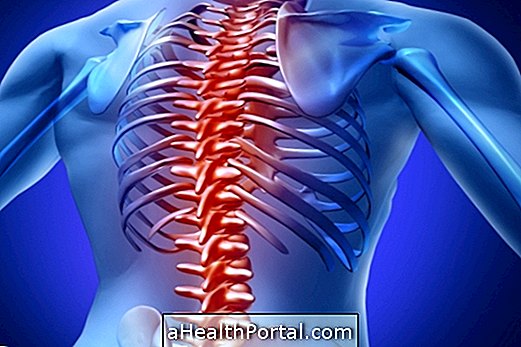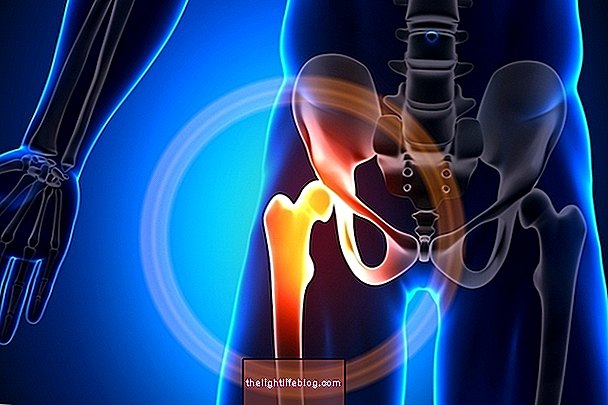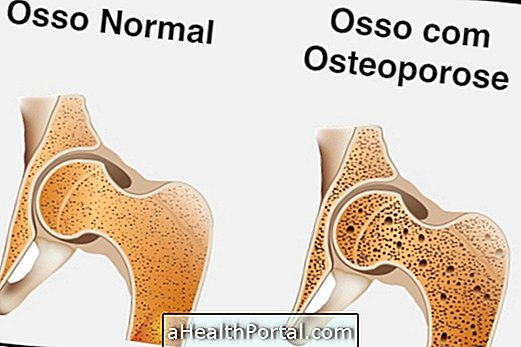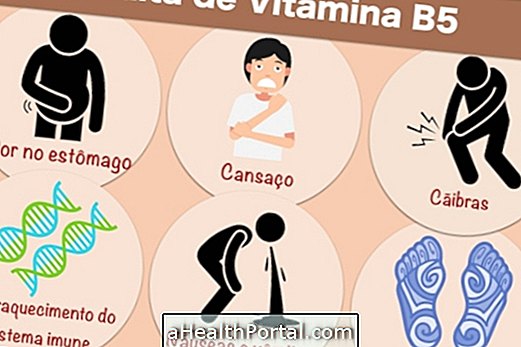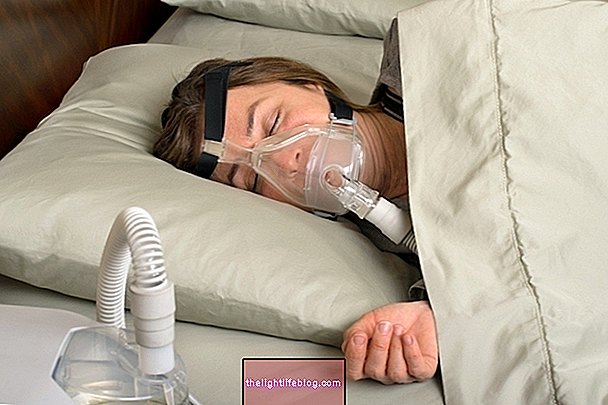Dysarthria is a speech disorder, usually caused by a neurological disorder, such as a stroke, cerebral palsy, Parkinson's disease, myasthenia gravis or amyotrophic lateral sclerosis, for example.
A person with dysarthria is unable to articulate and pronounce words well due to a change in the system responsible for speech, involving muscles of the mouth, tongue, larynx or vocal cords, which can cause difficulties in communication and social isolation.
To treat dysarthria, it is important to perform physical therapy exercises and follow up with a speech therapist, as a way to exercise language and improve the sounds emitted, and it is also essential that the doctor identifies and treats what caused this alteration.

How to identify
In dysarthria there is a change in the production of words, with difficulties in moving the tongue or the muscles of the face, generating signs and symptoms such as slow, slurred or slurred speech. In other cases, speech may be accelerated or mumbled, just as it may be very low or whispered.
In addition, dysarthria may be accompanied by other neurological changes, such as dysphagia, which is difficulty in swallowing food, dyslalia, which is a change in the pronunciation of words, or even aphasia, which is a change in expression or understanding of language. Understand what dyslalia is and how to treat it.
Types of dysarthria
There are different types of dysarthria, and their characteristics may vary according to the location and size of the neurological lesion or the disease that causes the problem. The main types include:
- Flaccid dysarthria: it is a dysarthria that generally produces a hoarse voice, with little strength, nasal and with the imprecise emission of consonants. It usually happens in diseases that cause damage to the lower motor neuron, such as myasthenia gravis or bulbar paralysis, for example;
- Spastic dysarthria: also usually causes an nasal voice, with inaccurate consonants, in addition to distorted vowels, generating a strained and "strangled" voice. It may be accompanied by spasticity and abnormal reflexes of the facial muscles. More frequent in upper motor nerve injuries, as in a traumatic brain injury;
- Ataxic dysarthria: this dysarthria can cause a harsh voice, with variations in accent intonation, with slower speech and a trembling of the lips and tongue. You can remember the speech of someone drunk. It usually arises in situations where there are injuries related to the cerebellum region;
- Hypokinetic dysarthria: there is a hoarse, breathy and trembling voice, with inaccuracy in the joint, and there is also an alteration in the speed of speech and tremor of the lip and tongue. It can occur in diseases that cause changes in the region of the brain called the basal ganglia, more common in Parkinson's disease;
- Hyperkinetic dysarthria: there is a distortion in the vowel articulation, causing a harsh voice with interruption in the articulation of words. It can happen in cases of injury to the extrapyramidal nervous system, frequent in cases of chorea or dystonia, for example.
- Mixed dysarthria: it presents alterations characteristic of more than one type of dysarthria, and can happen in several situations, such as multiple sclerosis, amyotrophic lateral sclerosis or traumatic brain injury, for example.
To identify the cause of dysarthria, the neurologist will evaluate the symptoms, the physical examination, and order tests such as computed tomography, magnetic resonance imaging, electroencephalogram, lumbar puncture and neuropsychological study, for example, that detect the main related changes or that cause this alteration in speech.
How the treatment is done
Treatment depends on the cause and severity of the dysarthria, and the doctor may recommend surgeries to correct anatomical changes or remove a tumor, or indicate the use of medications to relieve symptoms, as in the case of Parkinson's disease, for example.
However, the main form of treatment is done with rehabilitation therapies, with speech therapy techniques to improve the voice emission, regulate the intensity, better articulate the words, exercise the breath or even program alternative forms of communication. Physical therapy exercises are also very important to improve the mobility of the jaw joint and help strengthen the muscles of the face.
Was this information helpful?
Yes No
Your opinion is important! Write here how we can improve our text:
Any questions? Click here to be answered.
Email in which you want to receive a reply:
Check the confirmation email we sent you.
Your name:
Reason for visit:
--- Choose your reason --- DiseaseLive betterHelp another personGain knowledge
Are you a health professional?
NoMedicalPharmaceuticalsNurseNutritionistBiomedicalPhysiotherapistBeauticianOther
